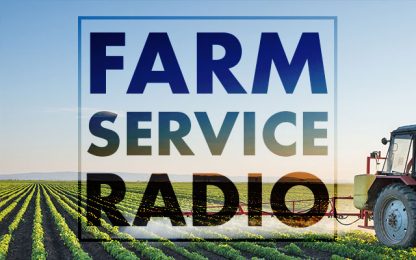Annual Soy Quality Report ‘sets stage’ for success

The 2023 U.S. Annual Soy Quality Report, conducted by Dr. Seth Naeve’s lab at the University of Minnesota, has been released.
“This report is an important tool in our toolbox,” said Patrick O’Leary, Northern Soy Marketing (NSM) chair. “It sets the stage for the messaging that we bring to our international audiences each year.”
The report, which revealed that “all purchasers will find as-is protein and oil levels to be higher in 2023 crop soybeans than usual,” collected an initial 1,169 samples and serves as the preview of the 2023 U.S. soybean crop. The final report, which will include late harvested soybean samples, will be available in the first week of 2024.
“Purchasers know what the quality of the soybeans have been from the U.S. over the past year,” Naeve said. “With this report, we can basically say to them, ‘OK, these are the kinds of changes you might see in protein and oil or amino acids in the next year.’ It gives them a little bit of a heads up for what’s coming.”
Weather is often a deciding, and uncontrollable, factor when gauging crop quality.
For soybean growers across the Upper Midwest, 2023 was a dry year. Naeve, who travels to China, Taiwan, Korea and Japan each year to present the report, highlights Mother Nature’s impact.
“When I’m presenting the report, I really try to spend some time talking about how the weather might impact quality, but also a lot about how the weather might impact yields regionally,” Naeve said. “This year, I spent a lot of time talking about the drought and how we had a carryover from last year, what the conditions were like in the spring and how that tends to affect crops in different parts of the country.”
A staple of the soybean industry since its inception in 1986, the report is funded by the United Soybean Board (USB) and soybean checkoff dollars. While supported by the American Soybean Association and the U.S. Soybean Export Council, the report has come a long way since its inception.
“At the time it began, it was mostly a survey of the U.S. crop for Japanese purchasers because the Japanese were the primary importers of U.S. soybeans,” Naeve said. “It was primarily to give the Japanese audience an idea of what the crop will look like and what to expect for the next year.”
Soybeans grown in NSM’s member states – Minnesota, North Dakota, South Dakota, Wisconsin and Nebraska – don’t boast the highest crude protein contents. But they do have other qualities that make them an attractive option for international purchasers.
“We know that northern-grown soybeans don’t have the highest protein content,” O’Leary said. “But, the report highlights other qualities – like foreign material, sucrose and amino acid content – that put our beans and meal on the soy quality leaderboard.”
To read the report in its entirety, visit https://www.soyquality.com/soybean-quality-reports/.


